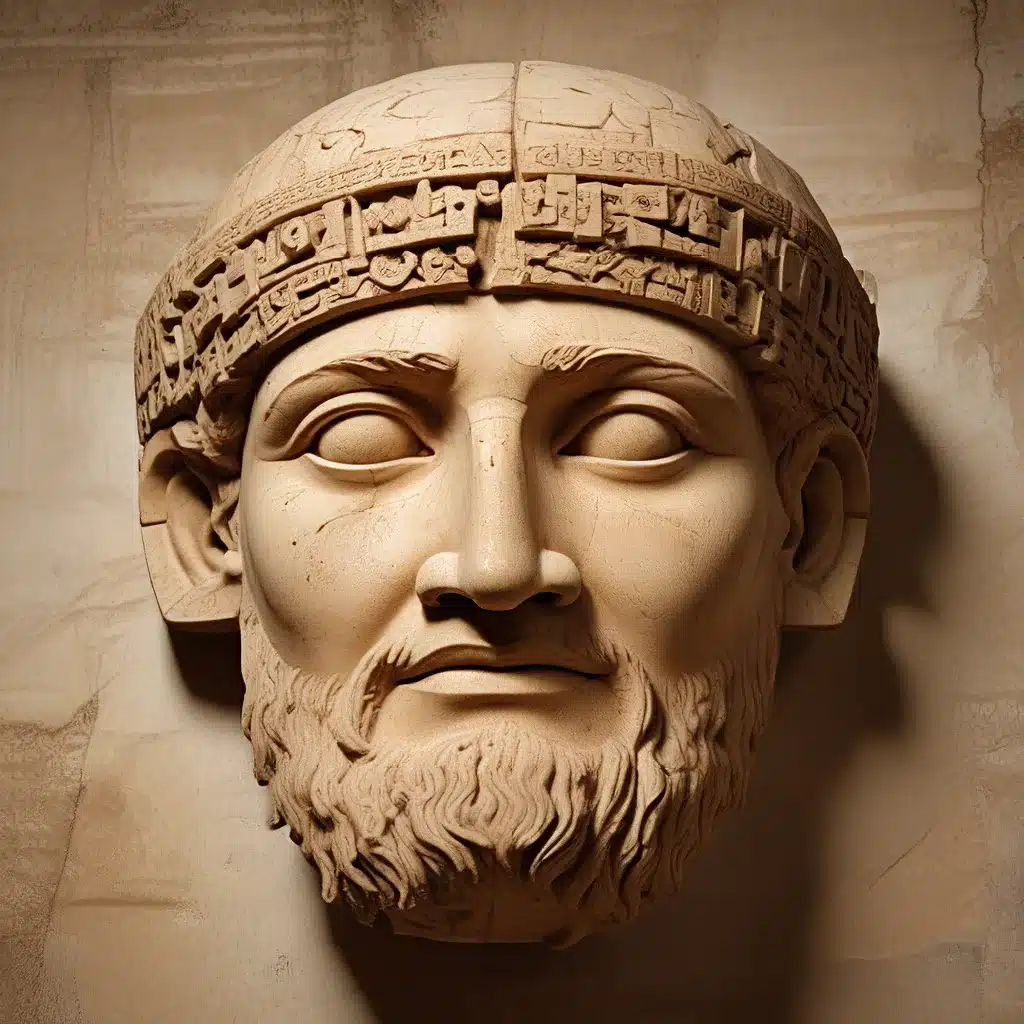
In the vast expanse of human history, ancient civilizations have captivated the imagination of researchers, scholars, and the general public alike. From the enigmatic Stonehenge in Britain to the lost city of Machu Picchu in Peru, these archaeological wonders have long been the subject of intense study and speculation. As we delve deeper into the mysteries of the past, we uncover a tapestry of cultural complexity, technological advancements, and societal structures that challenge our understanding of the human experience.
Unraveling the Riddles of Stonehenge
Stonehenge, the iconic prehistoric monument situated in Wiltshire, England, has long been a source of fascination and debate. This enigmatic structure, composed of massive stone pillars arranged in a distinct circular pattern, has puzzled archaeologists and historians for centuries. Recent advancements in archaeological techniques and scientific analysis have shed new light on the purpose and origins of this ancient wonder.
One of the most intriguing aspects of Stonehenge is its astronomical significance. Numerous studies have revealed that the monument was carefully aligned with the summer and winter solstices, suggesting that it may have served as a ceremonial or ritualistic site for ancient Britons. The precise placement of the stones, coupled with their astronomical alignments, has led researchers to believe that Stonehenge may have been used as a celestial calendar, helping these ancient peoples to track the changing seasons and plan their agricultural activities accordingly.
Furthermore, the construction of Stonehenge itself is a remarkable feat of engineering, as the massive stones used in its creation were transported from quarries located dozens of miles away. The transportation and placement of these monumental stones have been the subject of ongoing scholarly debate, with theories ranging from the use of primitive machinery to the involvement of supernatural or mystical forces.
Unveiling the Mysteries of Machu Picchu
In the Andes Mountains of Peru, the lost city of Machu Picchu stands as a testament to the ingenuity and resilience of the Inca civilization. This magnificent archaeological site, hidden from the outside world for centuries, was rediscovered in 1911 by the American explorer Hiram Bingham.
The architectural and engineering feats displayed at Machu Picchu are truly remarkable. The city was built upon a steep, rugged terrain, with terraced structures and irrigation systems that demonstrate the advanced planning and construction capabilities of the Inca people. The use of precisely fitted stone blocks and the integration of the built environment with the natural landscape are just a few of the exceptional features that have captivated researchers and visitors** alike.
One of the enduring mysteries of Machu Picchu is the purpose and function of this ancient city. While it is believed to have served as a royal retreat or administrative center for the Inca Empire, the exact nature of its role and the reasons for its abandonment remain unclear. Ongoing archaeological and historical research continues to unravel the complexities of this remarkable site, shedding light on the societal and cultural aspects of the Inca civilization.
Emerging Theories and Discoveries in Ancient History
As our understanding of the ancient world continues to evolve, new theories and archaeological discoveries are challenging our traditional notions of history and human civilization. From the enigmatic origins of the Nazca Lines in Peru to the recently unearthed ancient city of Altinova in Turkey, these remarkable findings are reshaping our collective knowledge of the past.
The Nazca Lines, a series of massive geoglyphs etched into the Peruvian desert, have long been a source of fascination and speculation. While the original purpose of these enigmatic markings remains unclear, recent studies have suggested that they may have served as a sophisticated astronomical calendar or religious symbol for the ancient Nazca civilization. The discovery of new and intricate designs within the Nazca Lines has fueled ongoing research and debate about the technological and cultural sophistication of this remarkable ancient society.
In Turkey, the recent unearthing of the ancient city of Altinova has provided a unique glimpse into the past. This well-preserved archaeological site has yielded a treasure trove of artifacts, architectural structures, and inscriptions that shed light on the daily lives and societal structures of the people who once inhabited this remarkable ancient city. The discoveries at Altinova have challenged existing theories about the technological and cultural advancements of ancient civilizations in the region, opening up new avenues of research and understanding.
Unraveling the Secrets of the Past
As we delve deeper into the mysteries of the ancient world, we are continuously amazed by the ingenuity, resilience, and cultural sophistication of our ancestors. From the enigmatic structures of Stonehenge to the lost city of Machu Picchu, these remarkable archaeological discoveries have captivated the imagination of scholars and the general public alike.
Through the advancement of scientific techniques and interdisciplinary collaboration, we are uncovering new insights into the past, shedding light on the diverse cultural traditions, technological achievements, and societal structures that once thrived in various regions of the world. As we continue to explore and unravel the secrets of the ancient world, we are not only expanding our understanding of history, but also gaining a deeper appreciation for the resilience and ingenuity of the human spirit.
By exploring these archaic enigmas, we uncover the foundations of our shared human experience, and inspire future generations to continue the pursuit of knowledge and the unraveling of the mysteries that lie within the depths of our collective past.


